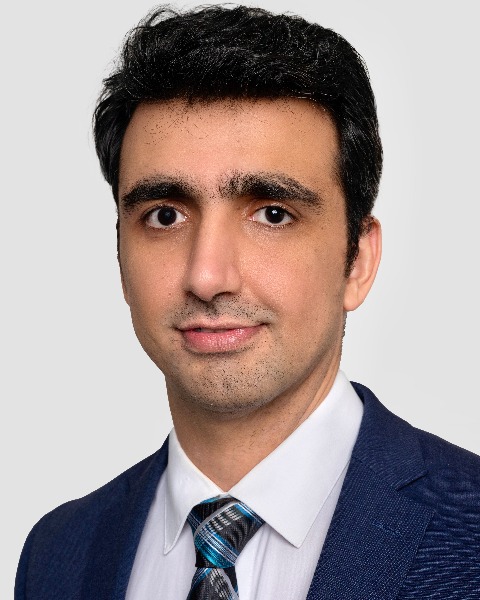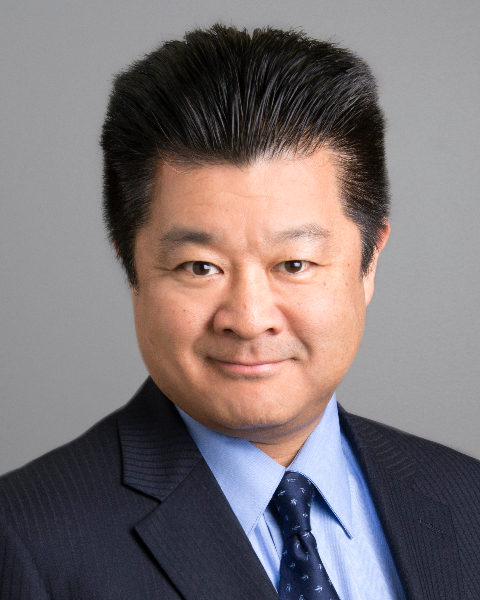Breast
P7: The clinical relevance of Mu-opioid receptor gene (OPRM1) expression in breast cancer

Faisal S. Jehan, MD, FICS
Fellow Complex General Surgical Oncology (CGSO)
Roswell Park Comprehensive Cancer Center.
Buffalo, New York, United States
Faisal S. Jehan, MD, FICS
Fellow Complex General Surgical Oncology (CGSO)
Roswell Park Comprehensive Cancer Center.
Buffalo, New York, United States
Faisal S. Jehan, MD, FICS
Fellow Complex General Surgical Oncology (CGSO)
Roswell Park Comprehensive Cancer Center.
Buffalo, New York, United States- MO
Masanori Oshi, MD
Research fellow
Roswell Park Comprehensive Cancer Center, United States - IE
Itaru Endo, MD PhD
Attending Surgeon
University of Yokohama, United States 
Kazuaki Takabe, MD, PhD
Professor of Oncology
Department of Surgical Oncology, Roswell Park Comprehensive Cancer Center
Buffalo, New York, United States
Oral Poster Presenter(s)
Submitter(s)
Author(s)
Mu-opioid receptor is a receptor for opioids including morphine, fentanyl and methadone. It has been reported that higher tumor expression of Mu-opioid receptor gene (OPRM1) was associated with worse clinical outcomes in multiple cancers including breast cancer, as well as its response to treatments. To this end, we hypothesized that opioids may biologically worsen breast cancer in addition to addiction, thus high OPRM1 expressing breast cancer is associated with aggressive biology and poor outcome.
Methods:
Total of 4973 breast cancer patients from two independent large cohorts; METABRIC and GSE96058 were analyzed. High OPRM1 expression group was defined as gene expression higher than the median. We also performed single cell sequencing and Gene Set Enrichment Analysis (GSEA). P value < 0.05 was considered statistically significant.
Results:
High expression of OPRM1 was associated with worse disease-free and disease-specific survival of triple negative breast cancer (TNBC) in METABRIC cohort (p=0.046 and p=0.04, respectively), however, it was not associated with any other survival in any of the subtypes in neither of the cohorts. There was no difference in OPRM1 expression by subtype, tumor size, nodal status, grade or Ki67 gene expression in neither of the cohorts. There was no gene set in Hallmark collection that consistently enriched to either high or low expression of OPRM1 consistently in METABRIC and GSE96058 cohorts in Gene set enrichment analysis. This includes angiogenesis or epithelial-to-mesenchymal transition that were previously reported to relate with OPRM1 expression. No immune cells other than M1 macrophages was significantly less infiltrated consistently in both cohorts in both ER-positive/HER2-negative and TNBC subtypes. The OPRM1 expression was not different between the patients who achieved and not achieved pathological complete response after neoadjuvant chemotherapy or immunotherapy in either ER-positive/HER2-negative and TNBC. On single cell sequence cohorts, OPRM1 was exclusively expressed by T-cells in SCP1039 (p< 0.0001), and by endothelial cells, T-cells, and B-cells in SCP1106 (p=0.32) cohort.
Conclusions:
Contrary to previous studies, our large cohort study does not validate the association of high OPRM1 expression with survival, aggressive cancer phenotype or response to neoadjuvant chemotherapy or immunotherapy in either ER-positive/HER2-negative or TNBC subtypes. These results may be because the OPRM1 gene expression signal in a bulk human breast cancer was from T-cells and endothelial cells and not from cancer cells.
Learning Objectives:
- describe the association of OPRM1 with survival in breast cancer patients.
- describe the association of OPRM1 with response to chemotherapy in breast cancer.
- describe the association of OPRM1 with response to immunotherpay in breast cancer.
